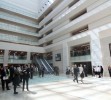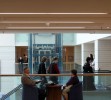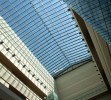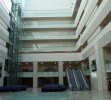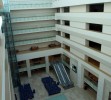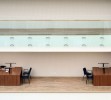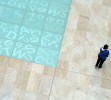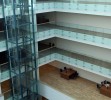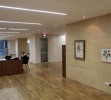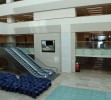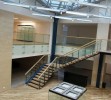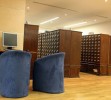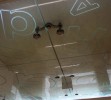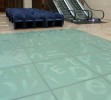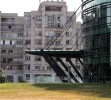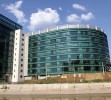Romania's National Library
Biblioteca Nationala a Romaniei, the National Library of Romania, reopened in April 2012 after languishing for more than 20 years in a nearly finished state.
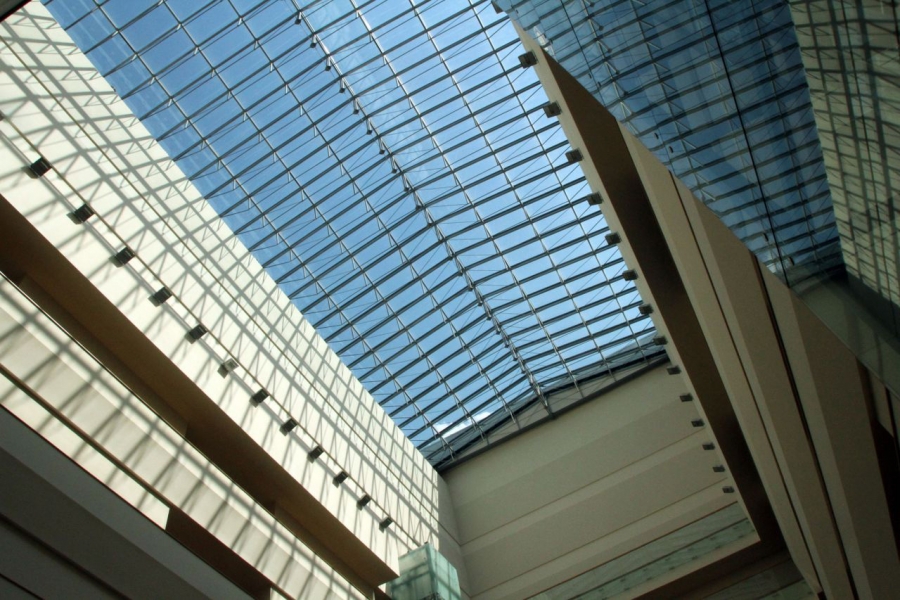 Image courtesy of Gabriel Petrescu
Image courtesy of Gabriel Petrescu
Construction on the National Library of Romania (BNR) began in Bucharest in 1986 during the regime of Communist head of state Nicolae Ceausescu but ground to a halt in 1989 when Ceausescu was deposed by revolution. Construction workers at the time estimated that the building was 80% finished and only six months from completion. In 2007, Romania joined the European Union and agreed to adjust its policies on the digitization and preservation of cultural materials to conform with the EU's Digital Libraries Initiative, according to the National Library of Romania's website. In 2009, under the supervision of the Ministry of Culture and National Heritage, construction on the nearly finished library began again.
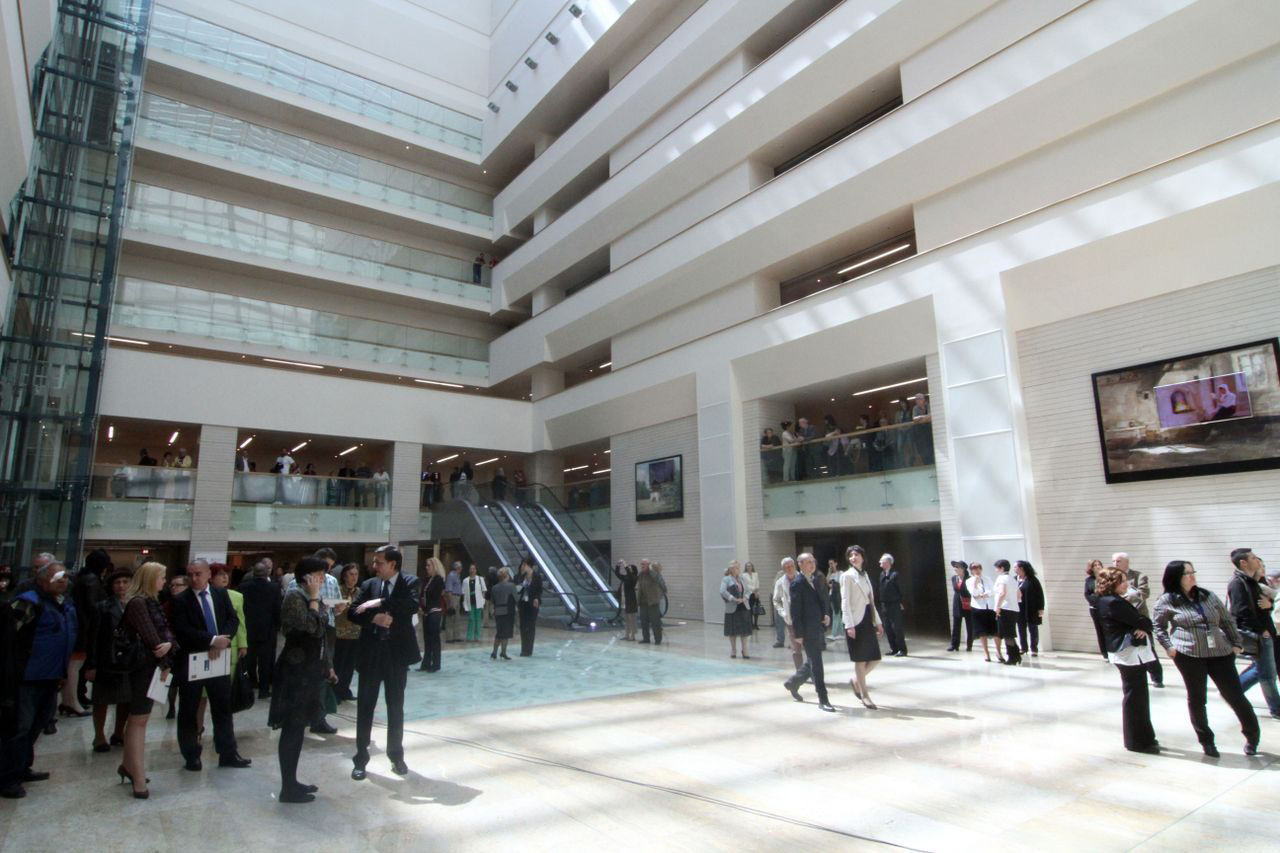
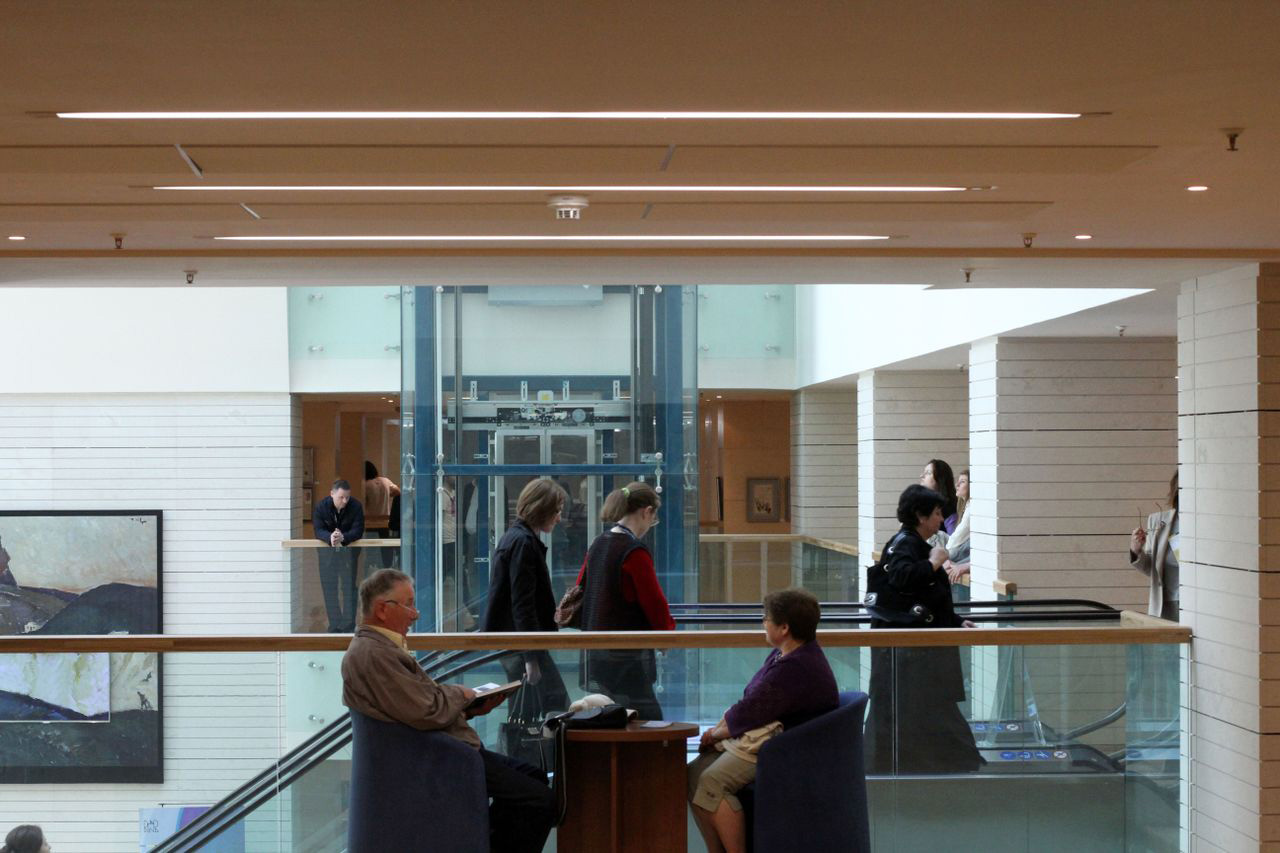
Aedificia Carpati, the firm that won the contract with the Ministry of Culture in March 2009, submitted a bid to finish the construction work begun in 1989 within 30 months and for EUR 69.9 million. According to Aedificia Carpati's website, "The building was started in 1986 on the basis of an outdated project both in terms of conception and technology. The building was conceived as a piece of classical architecture somewhat altered by the addition of volumes and decorations."
The architecture characteristic of Communist Romania in the '80s broke the connection with the Soviet style and instead was informed by the architecture of North Korea; Romanian architects married the North Korean influence with elements from Romanian culture, making the '80s a unique period, so many thought it better to keep the old exterior of the library as evidence of this era in Bucharest's heritage and history. After the team at Aedificia Carpati tried several solutions, they found the needed functionality by retaining the existing structure and adding needed modernity.
Eliodor Popa, the architect who coordinated the team that reshaped the library to a modern building, explains that the task of making the old building functional was very difficult. "When I took over the project, the building was quite degraded, although in a state of conservation – at least in official documents," Popa says. "The building received some funds for conservation every year, but the funds were insufficient and the maintenance was made improperly. From surveys we had done before work, we found that the structure was not affected and it didn't require consolidation.... The building was designed in the '80s and our task was to create a library of 21st century".
The design for the library's exterior called for dressing columns and other elements of classical architecture in a composite material that looks like metal and for improving the proportions of the existing columns. Three of the library's facades have classical colonnades, profiled in a neutral glass screen, on a base of natural stone.
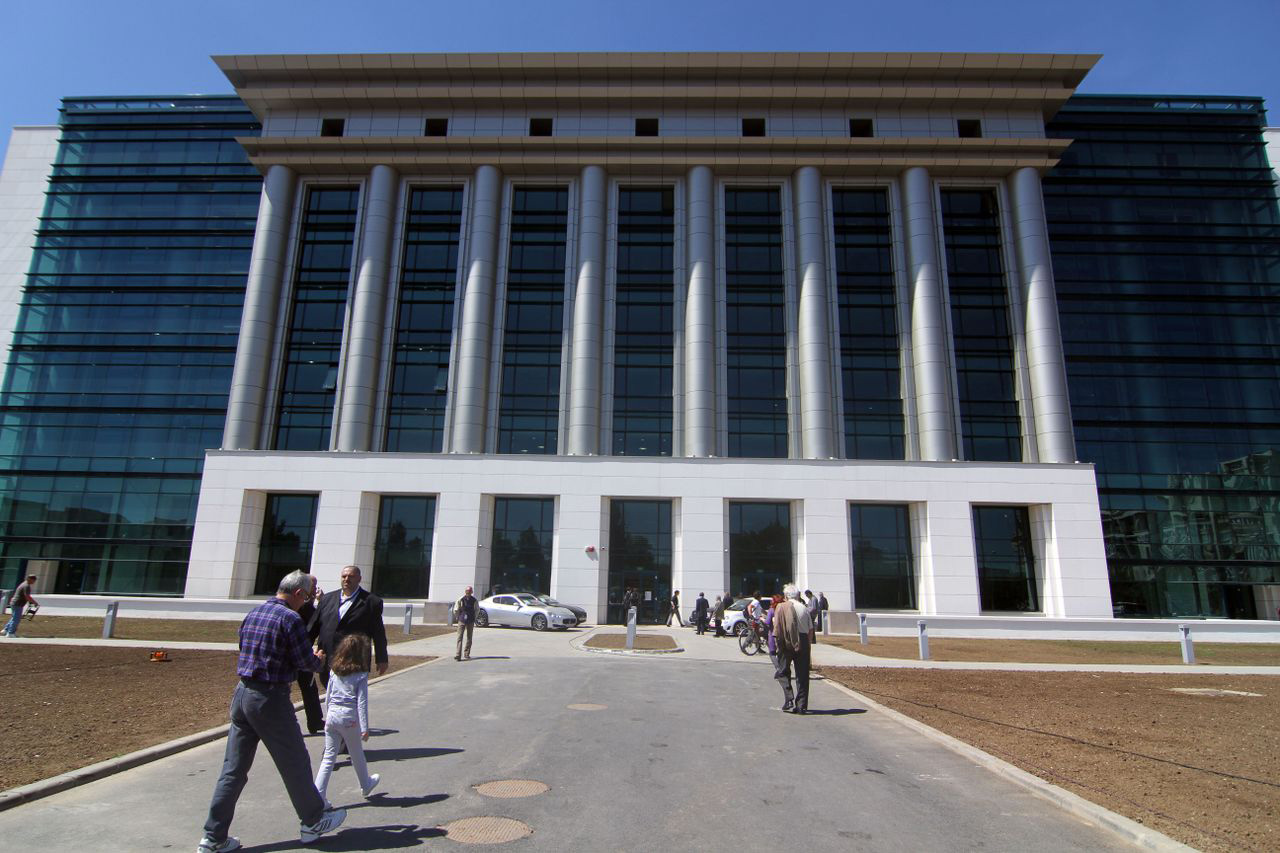
On the facade where the auditorium is located, construction work had advanced less during the building's original construction, and Aedificia Carpati found it possible to design a completely new facade, with a post-modern style.
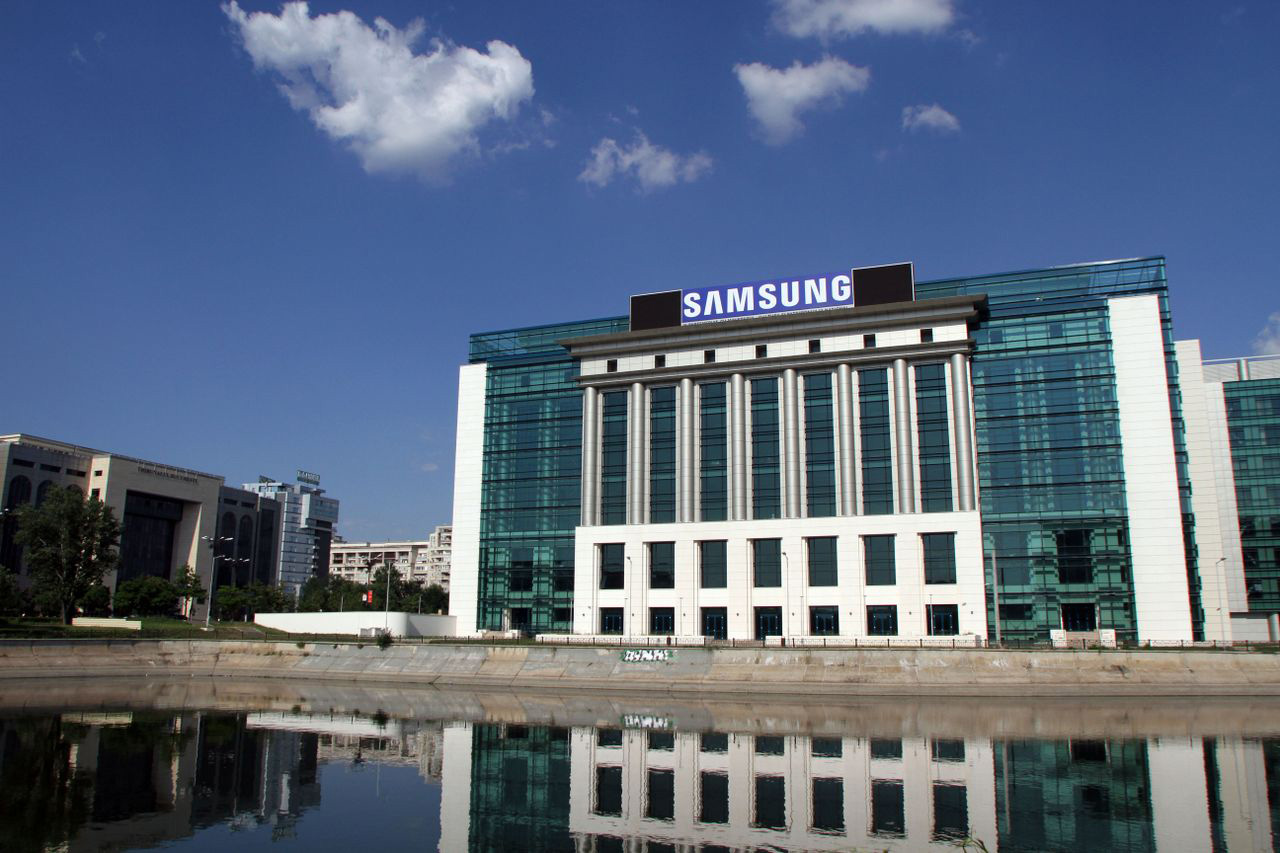
Dr. Elina Tirzman of the University of Bucharest, in "The National Library of Romania: A New Headquarters, A New Beginning," writes: "In order to improve the appearance of the building, designers have proposed renouncing the upper entablement of the main entrance and the twin columns that supported it, and combining the elements of classical architecture, present in the original design, with large areas of transparent glass that will create a strong plastic contrast and will give the ensemble monumentality and strength."
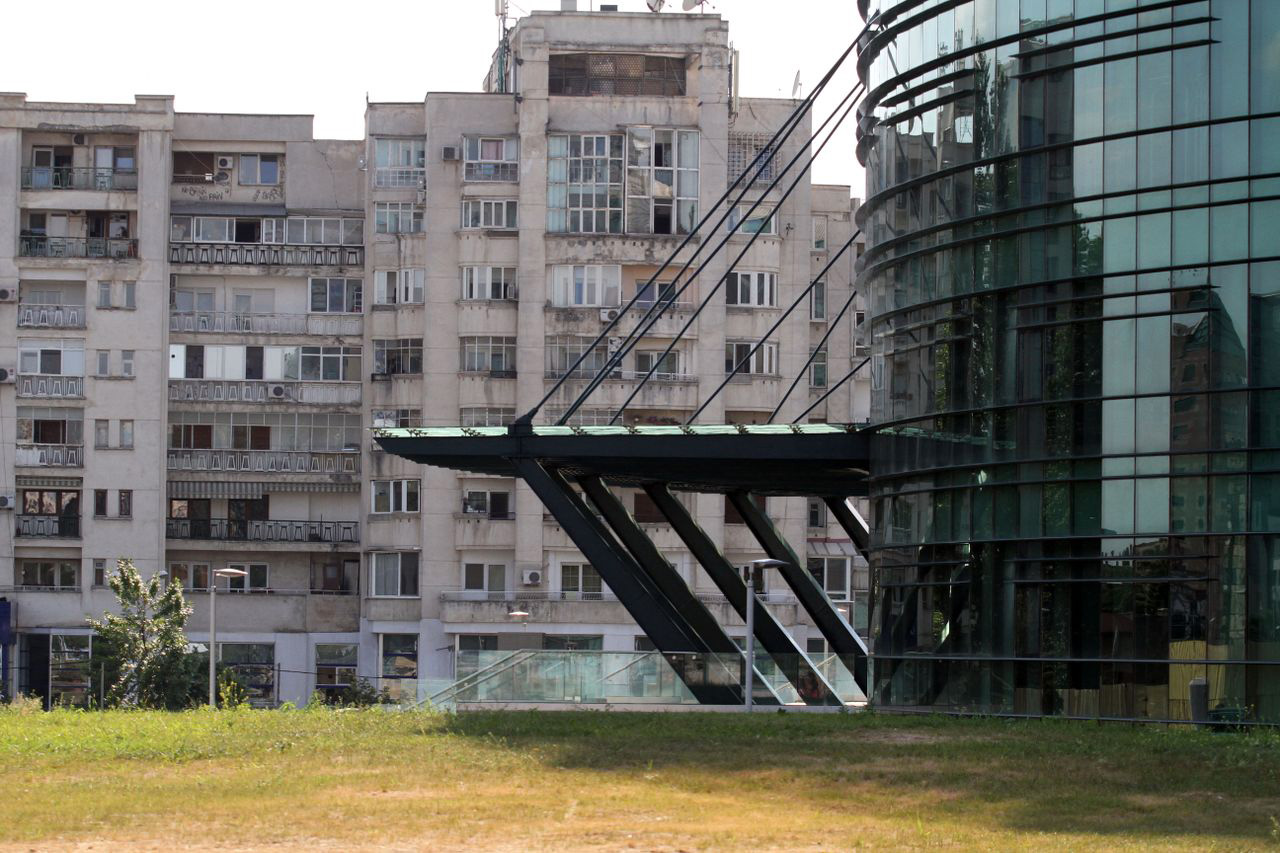
The interior has been completely remodeled but features an atrium, in keeping with the original design. As Tirzman describes this overhaul, "The whole composition is structured around a large atrium that will polarize everything, functionally and aesthetically. The atrium will be fitted with panoramic elevators and escalators that lead to the reading halls."
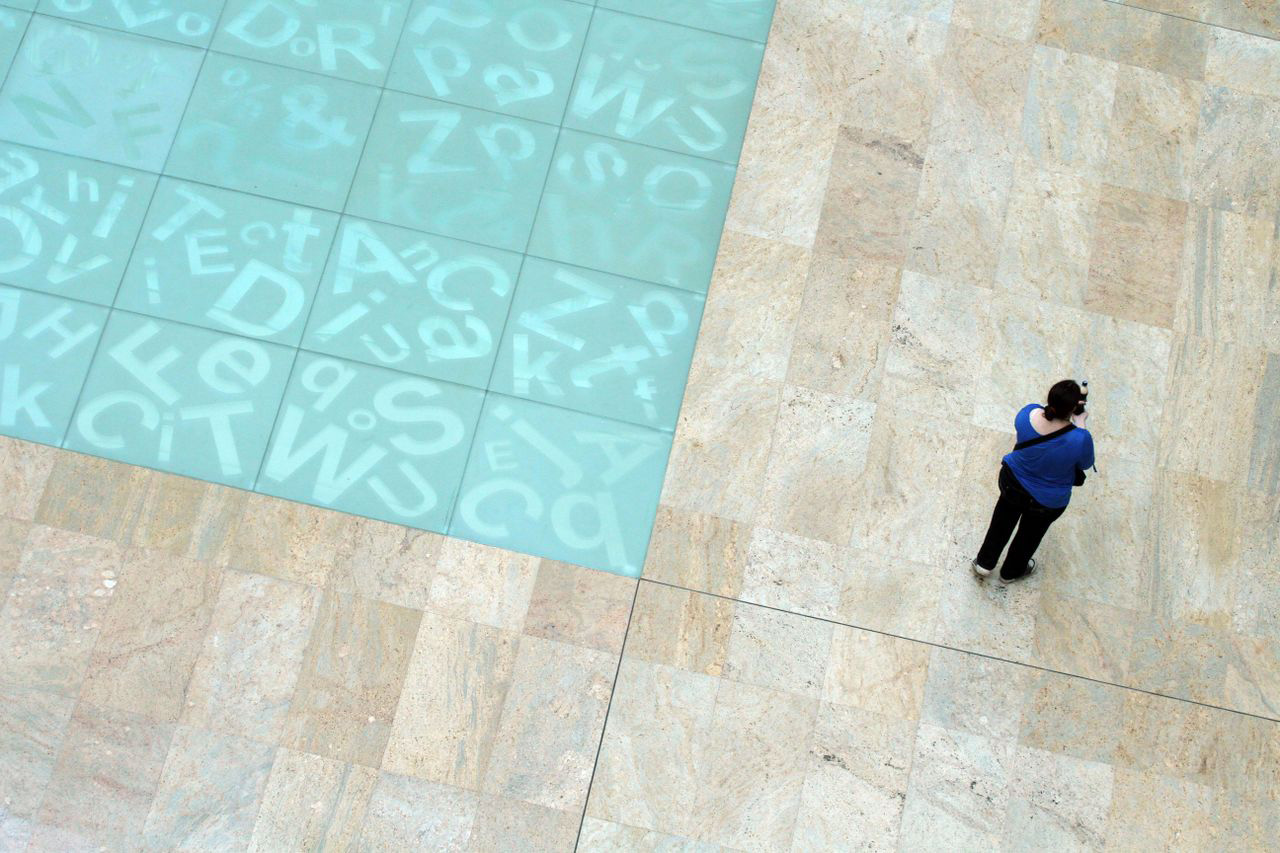
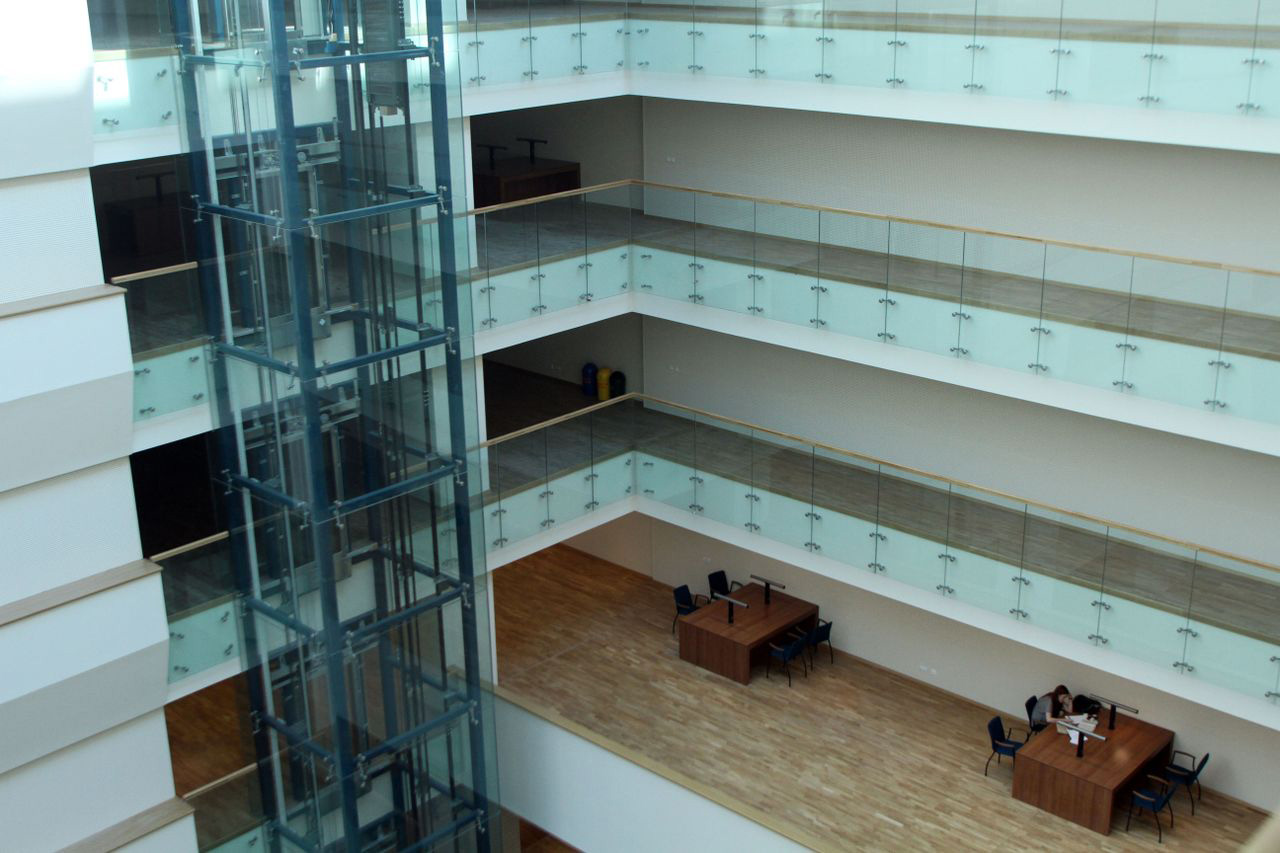
Reading rooms were originally designed on a petty scale but later became 14 large halls, with inviting armchairs situated in the halls to provide readers with more options. Besides the book warehouses and reading rooms, the National Library of Romania also includes five multifunctional halls for exhibitions, book launches, and screenings; a room for "reading" audio books; storage facilities of 30,000 square meters; an auditorium with 400 seats; two cafes and a restaurant; and 8,000 square meters of office space for the Ministry of Culture.
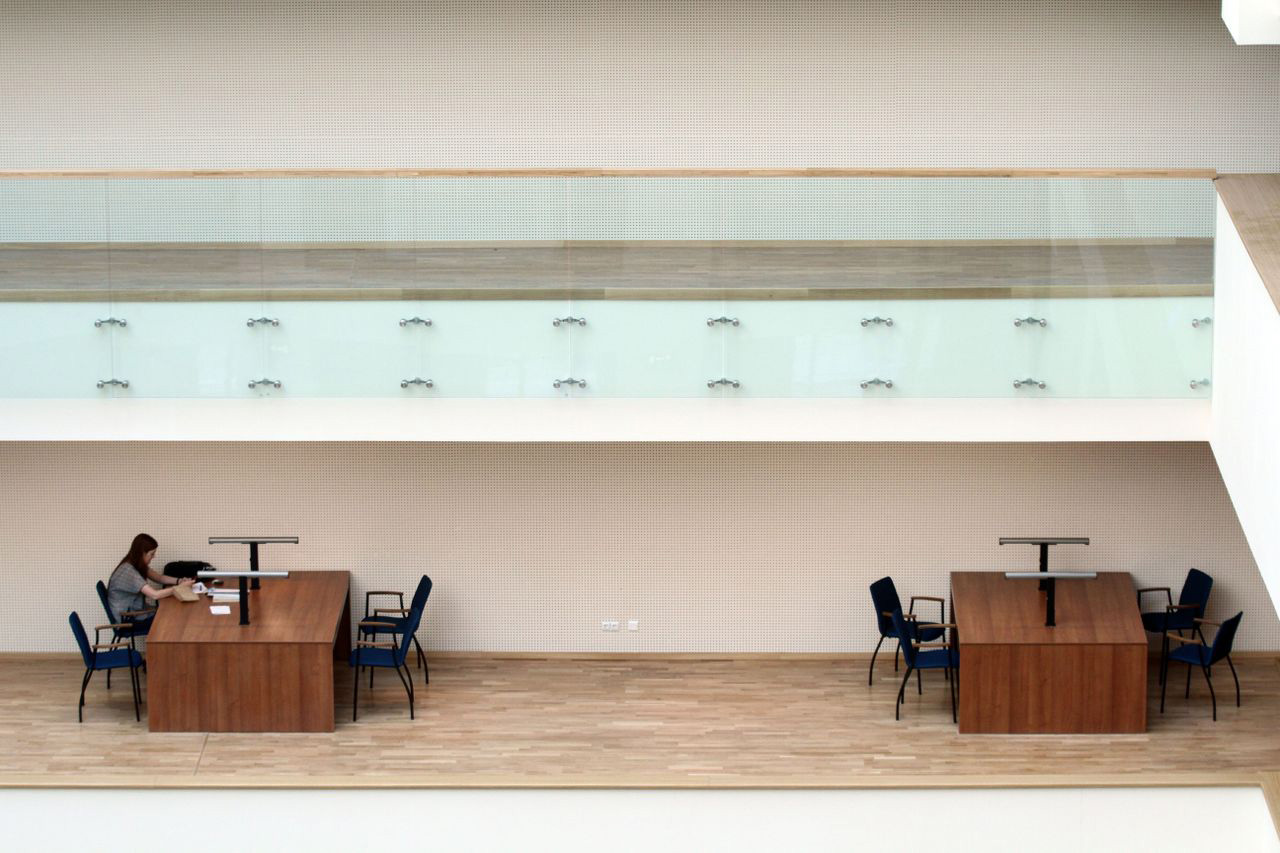
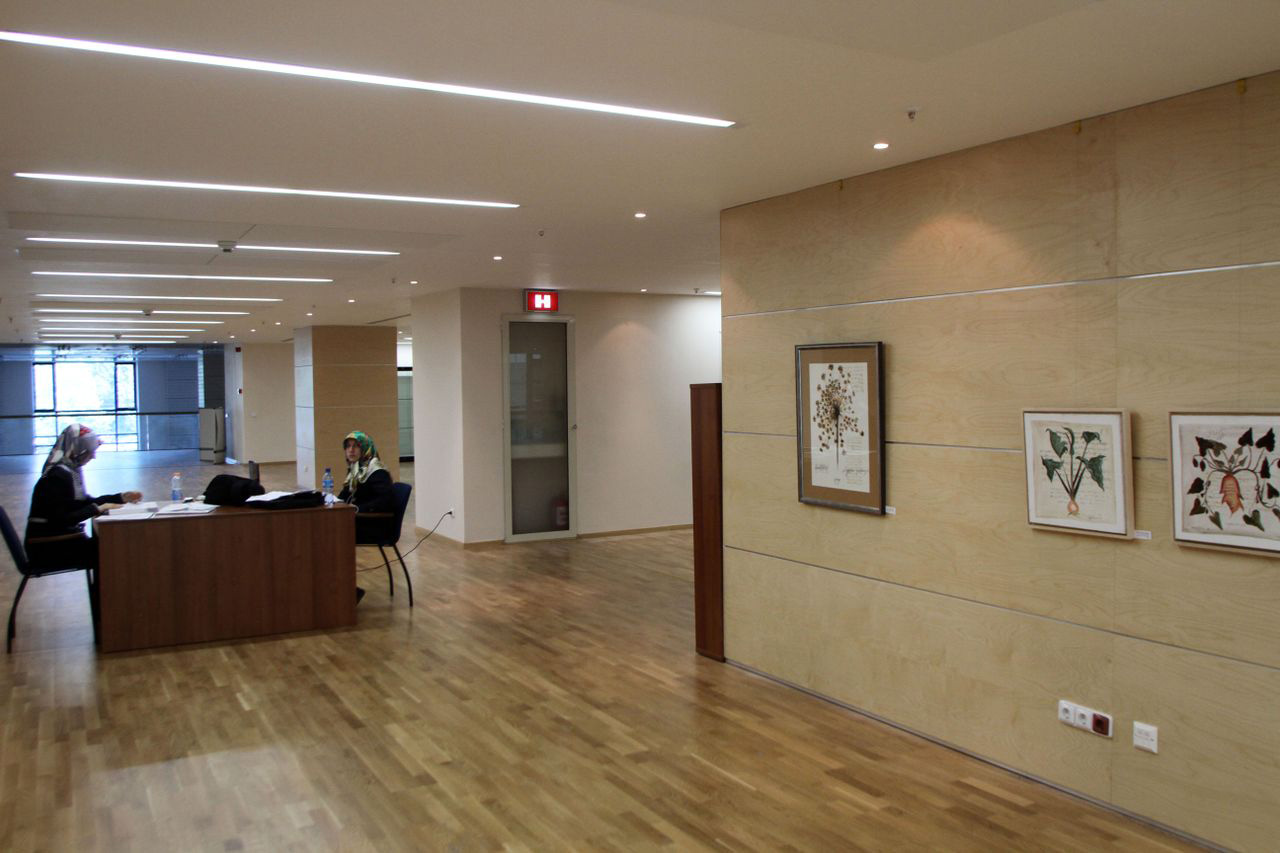
For 20 years, although efforts were made at conservation of the National Library, it dwindled into a building more suitable as a shooting location for horror movies or a canvas for graffiti. With its functional, remodeled 120,000 square meters, the newly inaugurated National Library of Romania can now be compared with other renowned reference libraries of the world, such as the Seattle Public Library, the French National Library in Paris, or with the Bibliotheca Alexandrina in Egypt. According to Prime Minister Emil Bloc, “The completion of this work marks the triumph of ‘We can’ against the negativism that dominates Romanian society.”


